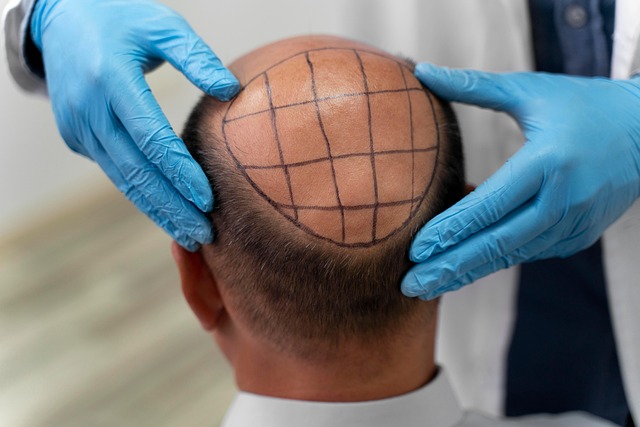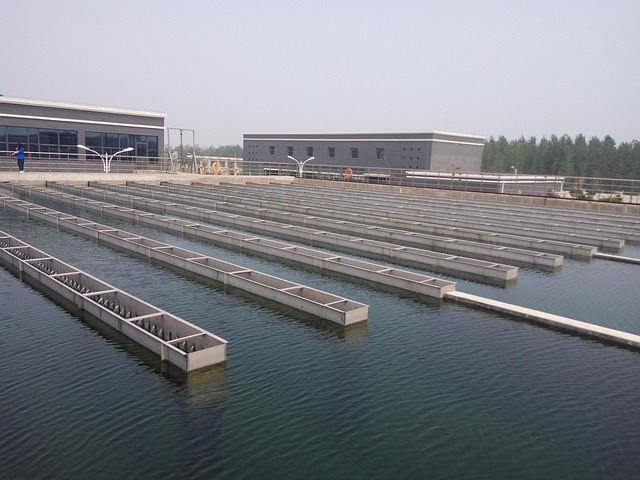Platelet-Rich Plasma: The Hair Loss Solution You Didn't Know
Platelet-rich plasma (PRP) therapy has emerged as a groundbreaking treatment for hair loss, offering hope to millions struggling with thinning hair and baldness. This innovative procedure harnesses the body's natural healing powers to stimulate hair growth and improve overall scalp health. Originally developed for orthopedic surgery, PRP has found its way into the realm of dermatology and hair restoration, revolutionizing the field. As more research supports its efficacy, PRP is quickly becoming a go-to option for those seeking a non-invasive, natural solution to hair loss. This article delves into the science behind PRP, its applications in hair restoration, and why it's gaining traction among both patients and practitioners.

The process begins with a simple blood draw, similar to a routine blood test. The blood is then placed in a centrifuge, which spins it at high speeds to separate the platelets from other blood components. The resulting platelet-rich plasma is then carefully injected into targeted areas of the scalp.
PRP vs. Traditional Hair Loss Treatments
Unlike traditional hair loss treatments such as minoxidil or finasteride, PRP offers a more natural approach with fewer side effects. While medications often require long-term use and can cause unwanted reactions, PRP utilizes the patient’s own blood, minimizing the risk of allergic responses or adverse effects.
Moreover, PRP can be used in conjunction with other hair restoration techniques, such as hair transplantation, to enhance overall results. This versatility makes it an attractive option for both patients and practitioners seeking comprehensive hair loss solutions.
The PRP Treatment Process
A typical PRP treatment for hair loss involves several sessions spaced about a month apart. The procedure is relatively quick, usually taking less than an hour, and requires minimal downtime. Patients can typically resume normal activities immediately after treatment.
During the procedure, a local anesthetic may be applied to ensure comfort. The PRP is then injected into the scalp using a fine needle. Some practitioners may use a microneedling device to create tiny punctures in the scalp, allowing for better absorption of the PRP.
Effectiveness and Results
While individual results may vary, many patients report noticeable improvements in hair thickness and density within three to six months of starting PRP treatments. Some studies have shown that PRP can increase hair count by up to 30% in treated areas.
It’s important to note that PRP is most effective for certain types of hair loss, particularly androgenetic alopecia (male and female pattern baldness). It may be less effective for other forms of hair loss, such as those caused by autoimmune conditions or scarring.
Combining PRP with Other Treatments
To maximize results, many practitioners recommend combining PRP with other hair restoration techniques. For instance, PRP can be used in conjunction with hair transplant surgery to improve graft survival and stimulate growth in surrounding areas.
Some clinics also offer PRP combined with low-level laser therapy or microneedling to enhance its effectiveness. These combination treatments aim to create a synergistic effect, targeting hair loss from multiple angles.
The Future of PRP in Hair Restoration
As research into PRP continues to evolve, new techniques and applications are emerging. Some practitioners are exploring the use of platelet-rich fibrin (PRF), a more concentrated form of PRP that may offer longer-lasting results.
Additionally, researchers are investigating the potential of combining PRP with stem cell therapy for even more potent hair restoration effects. While these advanced techniques are still in the experimental stages, they highlight the exciting future of regenerative medicine in the field of hair restoration.
Choosing a PRP Provider
As with any medical procedure, it’s crucial to choose a qualified and experienced provider for PRP treatments. Look for board-certified dermatologists or hair restoration specialists who have specific training in PRP therapy for hair loss.
During your consultation, ask about the practitioner’s experience with PRP, their treatment protocols, and expected outcomes. It’s also important to discuss potential risks and side effects, although these are generally minimal with PRP.
Cost Considerations
The cost of PRP treatment for hair loss can vary widely depending on geographic location, the practitioner’s expertise, and the number of sessions required. While it may be more expensive than over-the-counter treatments, many patients find the potential for long-lasting results worth the investment.
It’s worth noting that most insurance plans do not cover PRP for hair loss, as it is considered a cosmetic procedure. However, some clinics offer financing options to make treatment more accessible.
A Promising Future for Hair Loss Treatment
Platelet-rich plasma therapy represents a significant advancement in the field of hair restoration. By harnessing the body’s natural healing mechanisms, PRP offers a safe, effective, and minimally invasive option for those struggling with hair loss.
As research continues and techniques are refined, PRP is likely to play an increasingly important role in hair restoration strategies. For individuals seeking a natural approach to combating hair loss, PRP presents an exciting opportunity to regain not just hair, but also confidence and self-esteem.




